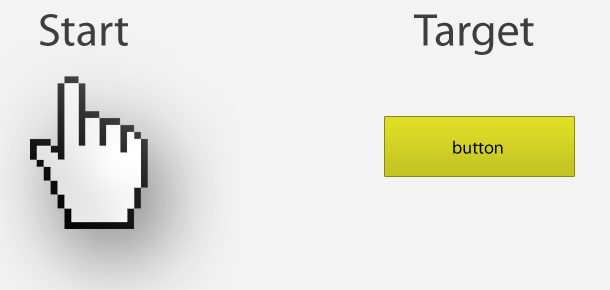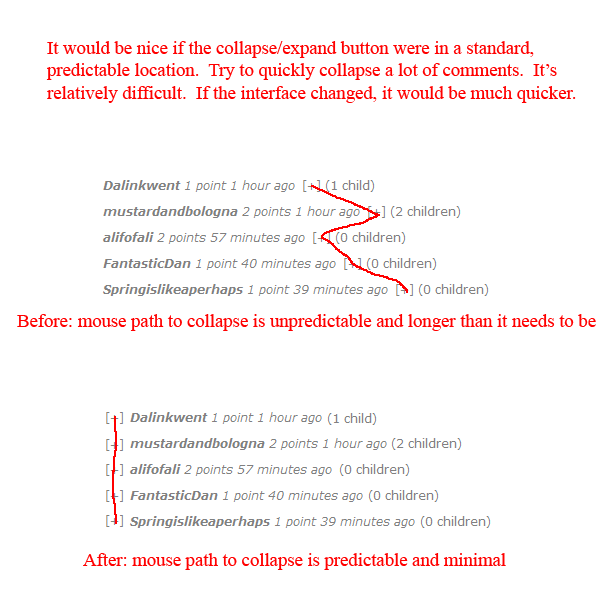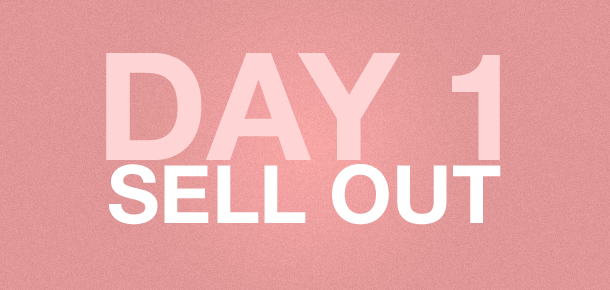WakeMate (YC S09) on building their business and their YCombinator experience
I recently had the chance to do an interview with the founders of the YCombinator backed startup, WakeMate. WakeMake wants to help you sleep better by tracking your sleep. In this interview we talk about how they came up with the idea, how they gained traction, and their experience with YCombinator. I’ve also included a summary below the video.
What is WakeMake
WakeMate is a cellphone accessory that tracks your sleep cycle, and helps you improve your quality of sleep.
Where did the idea come from?
• Idea came from an experience 6 years ago when they realized they didn’t always feel refreshed in the morning when they woke up.
• They’ve done a ton thinking and research.

What helped to set you apart?
• Dedication.
• Research.
• We had already built a prototype.
• Proved that we were determined (both had dropped out of school at this point to work on WakeMate).
Biggest plus to being in YCombinator:
• The YCombinator Brand. This opened a lot of doors.
• Direct Access to Paul Graham. You have a lot of people giving you advice and it helps to have just one voice to focus on.
• Incredible almuni network.
Getting in to YCombinator:
• Don’t let not getting into YCombinator hurt you. There are many successful startups that have nothing to do with YC.
• Focus on building a business. Statistically you’re not going to get into YC, but that shouldn’t stop you from building an awesome startup.
• Advance your startup, and don’t worry about getting into YCombinator. Focus on building a business.
How did WakeMate gain traction?
• WakeMate solves a problem that is easily communicable. The best salesman you have is a customer who loves your product.
How do you move from early adopters into the mainstream?
• Target specific market segments where sleep is a major pain point (traveling businessman, medical students, etc.)
What advice do you have for entrepreneurs and founder that are just starting out
• Talk to everybody. You need to gather research.
• You need to be an expert in your field so keep learning.
• Focus on your elevator pitch. Figure out how to comunicate your business in 30 seconds.
For more startup news, follow us on Twitter @startupfoundry.




 Fitts’ law can be described in the mathematical formula to the left. T is time. a is the intercept and b is the slope. D is the distance to the center of the target. W is the width along the axis of motion.
Fitts’ law can be described in the mathematical formula to the left. T is time. a is the intercept and b is the slope. D is the distance to the center of the target. W is the width along the axis of motion.  1. Buttons and links are some of the most important elements on your landing page. You can improve the UX by increasing the target size. A common mistake I see is developers often build their buttons were only the text is clickable (see figure a). The rest of the button is just used for eye candy and is non interactive. By changing the whole button to a clickable state (see figure b), you will dramatically lower the amount of time a user spends trying to click. A good UX will minimize pain points, no matter how small.
1. Buttons and links are some of the most important elements on your landing page. You can improve the UX by increasing the target size. A common mistake I see is developers often build their buttons were only the text is clickable (see figure a). The rest of the button is just used for eye candy and is non interactive. By changing the whole button to a clickable state (see figure b), you will dramatically lower the amount of time a user spends trying to click. A good UX will minimize pain points, no matter how small.











